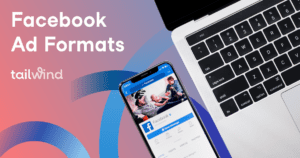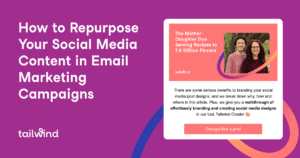
Facebook
Facebook Ads Formats: A Guide for 2022
Unlock the full potential of Facebook advertising with our comprehensive guide. Learn about ad objectives, file sizes, aspect ratios, and the top 5 ad formats to make your brand stand out and increase conversions. Don’t get left behind, start optimizing your Facebook ads today!


